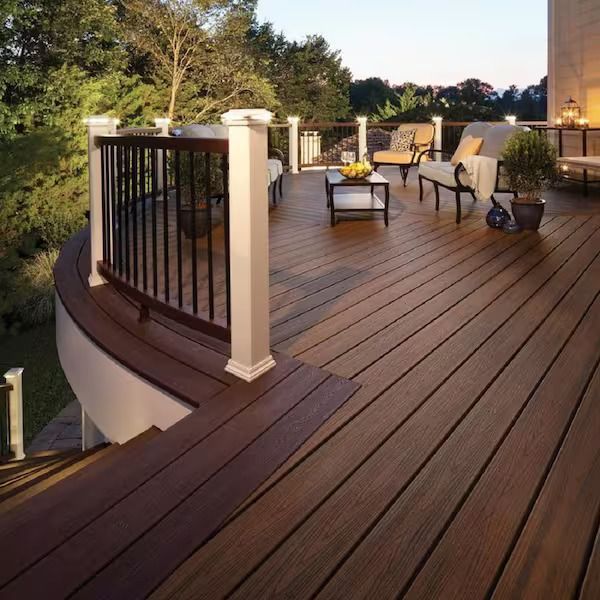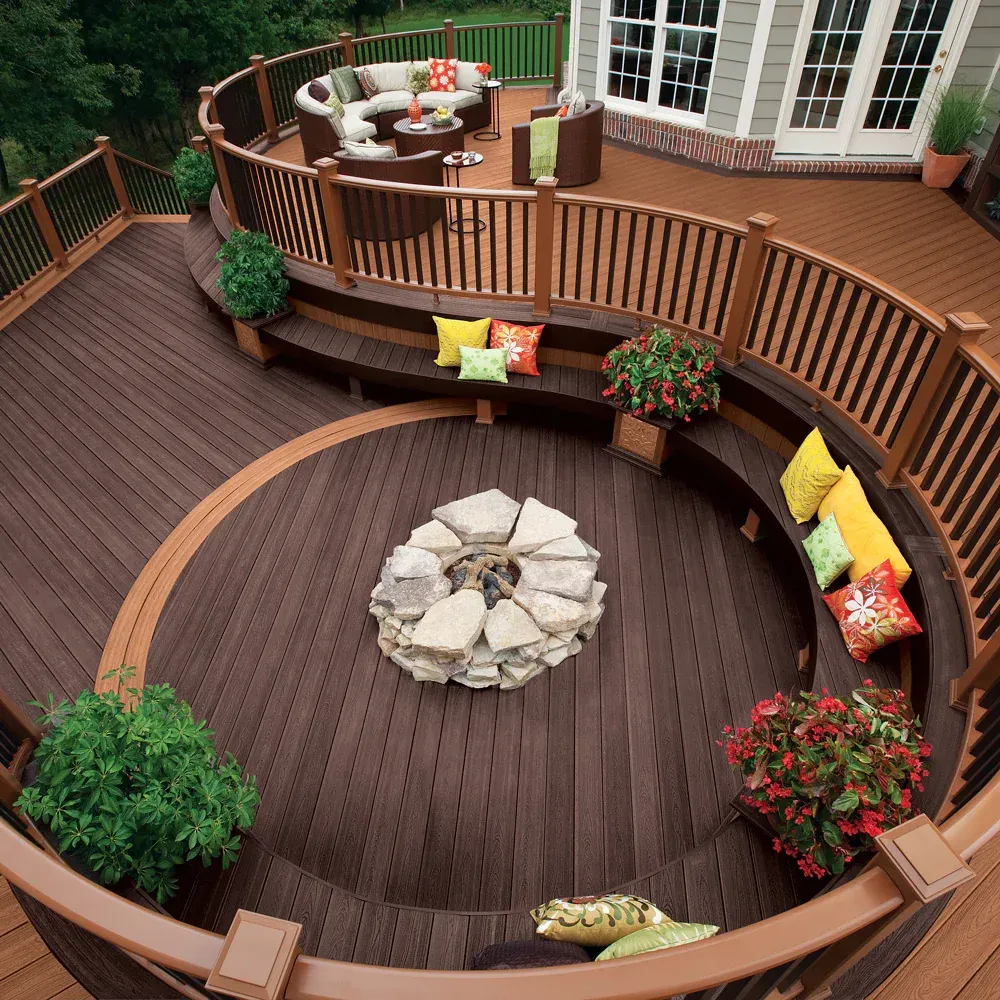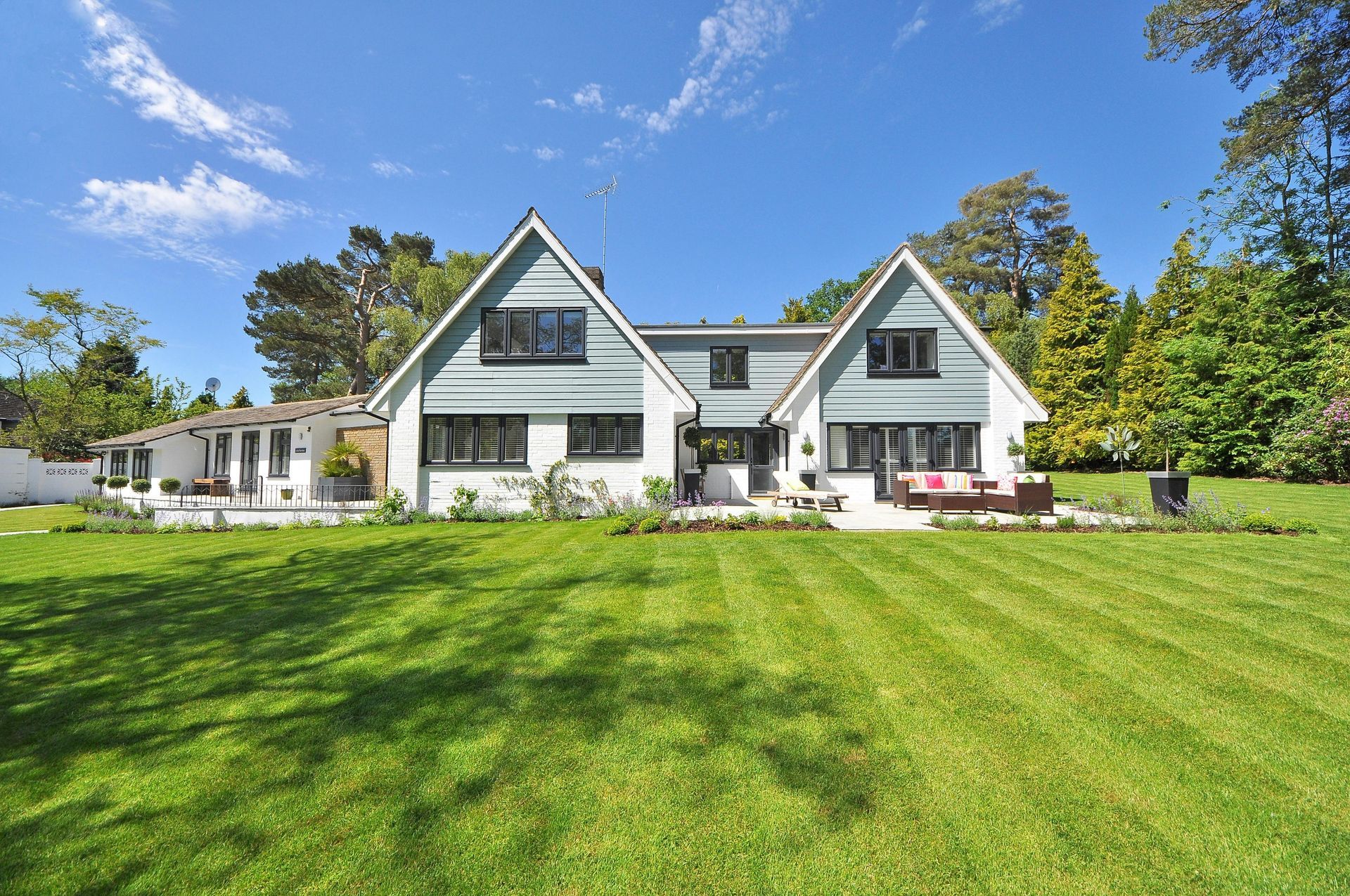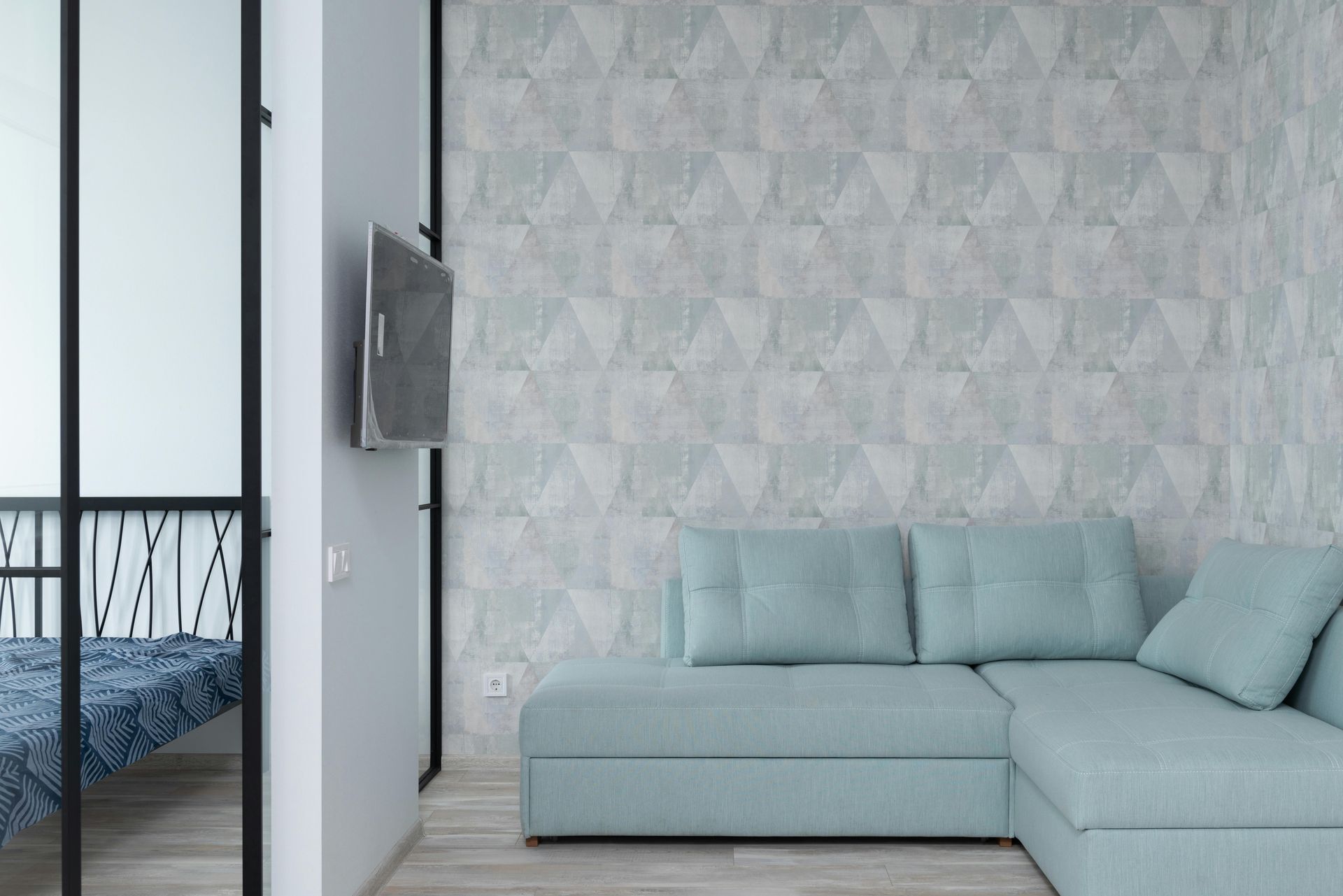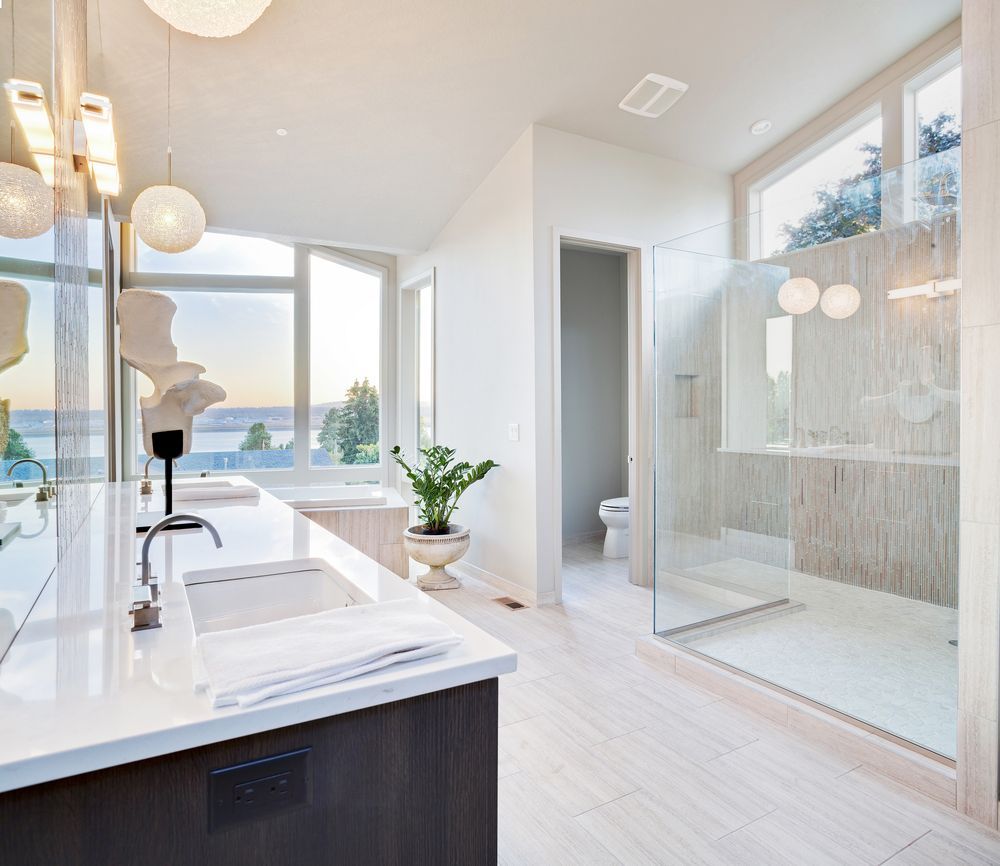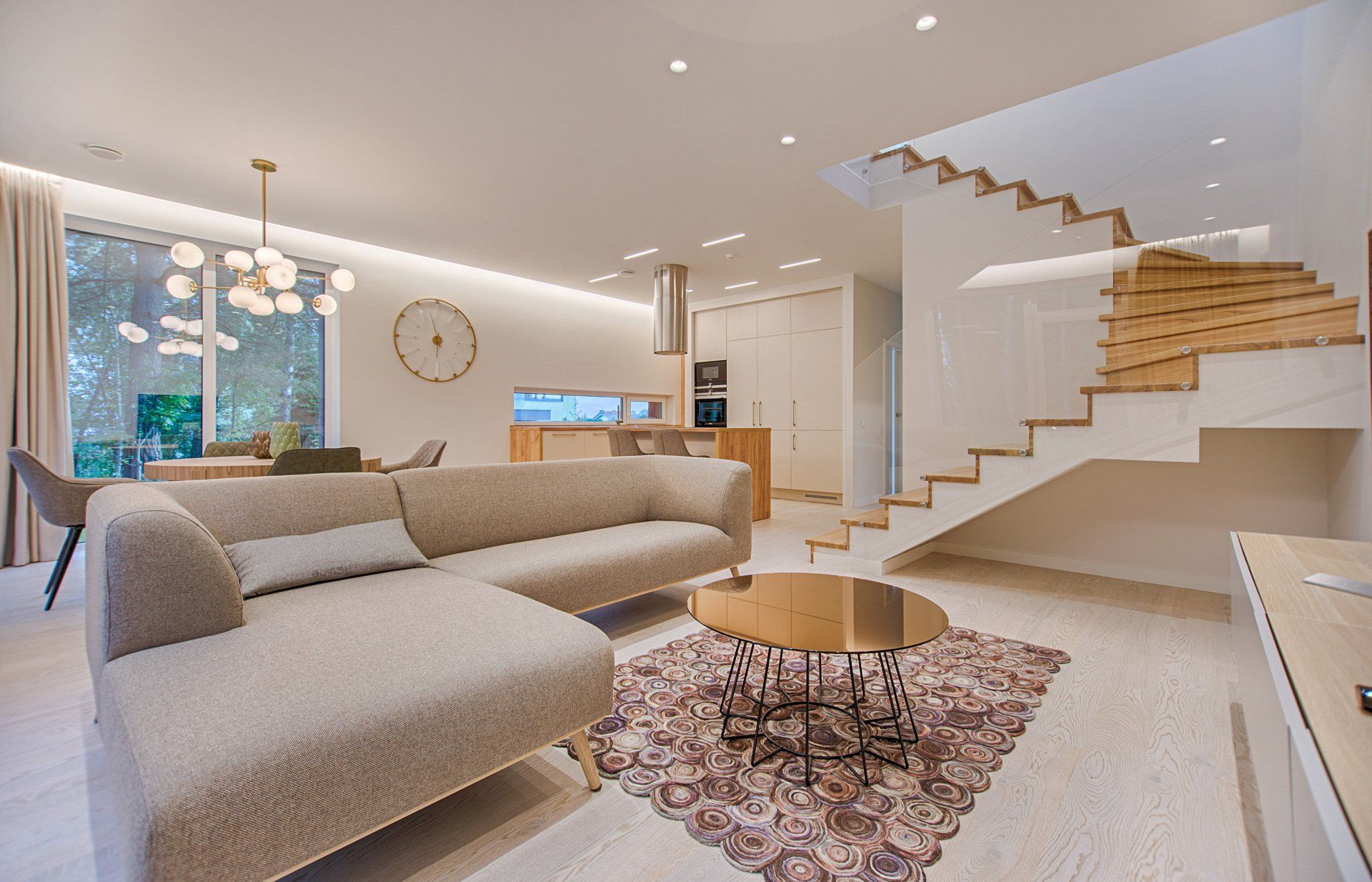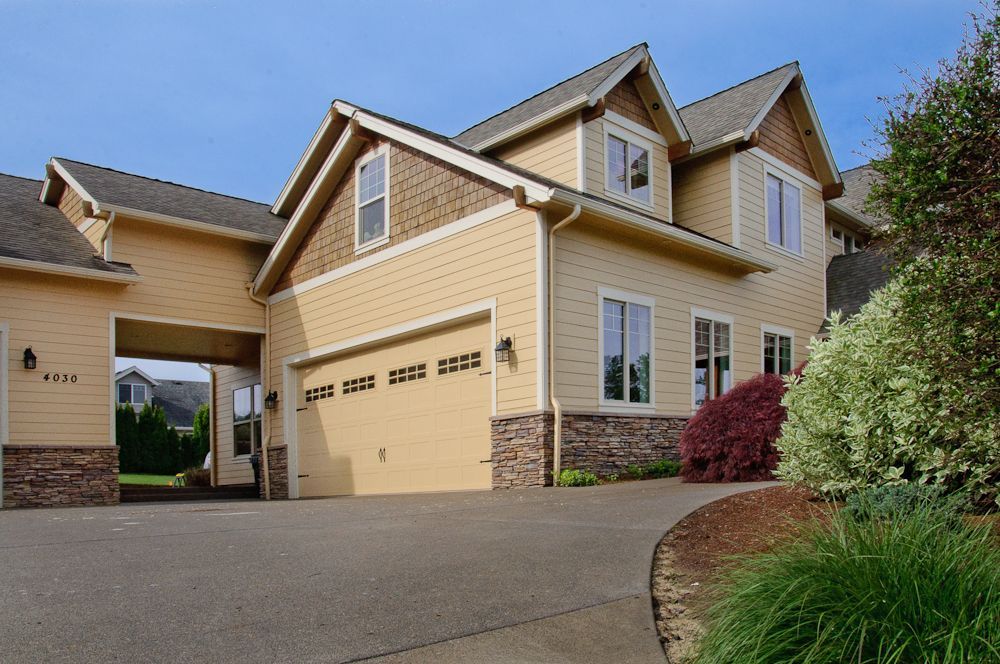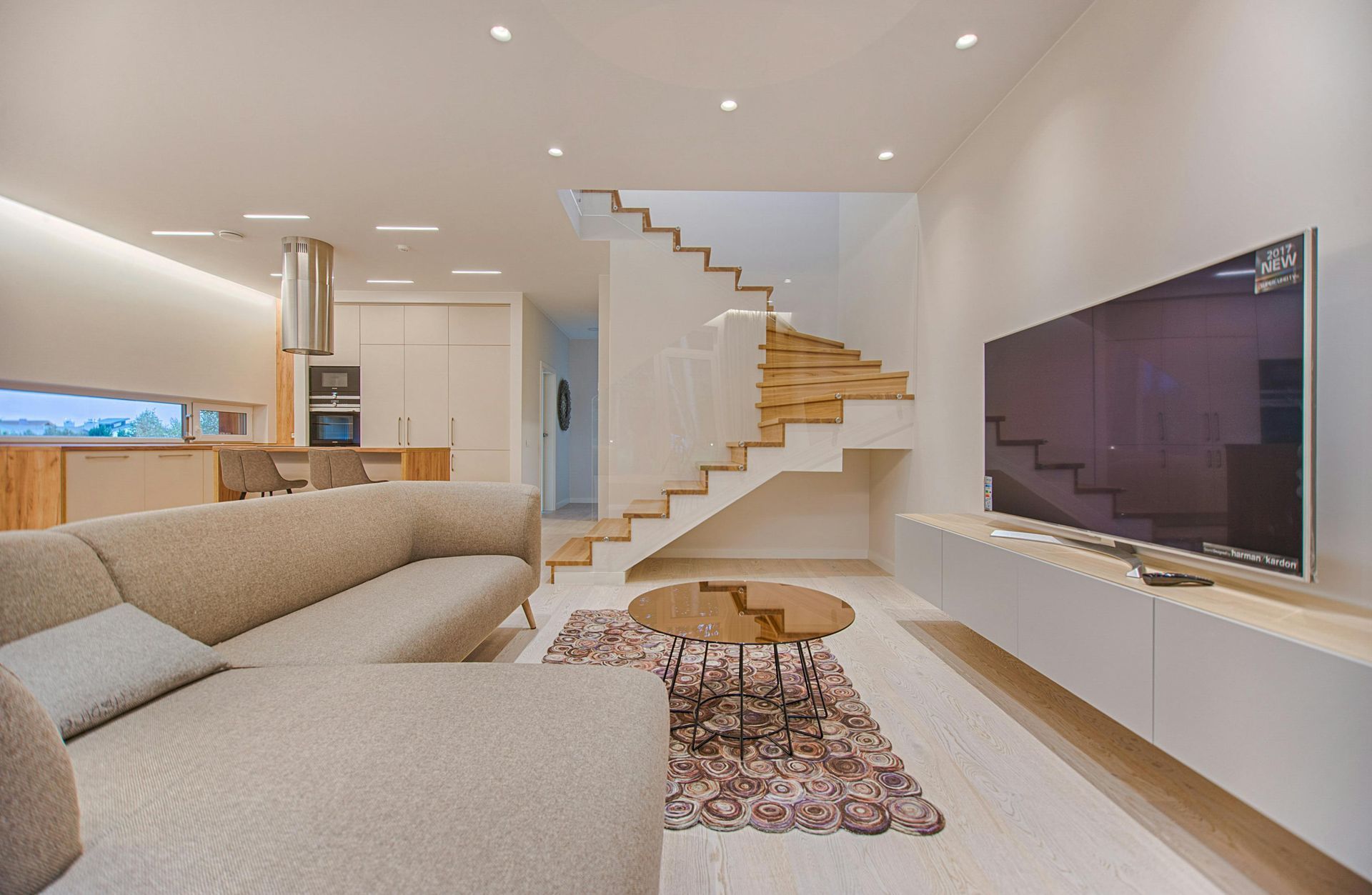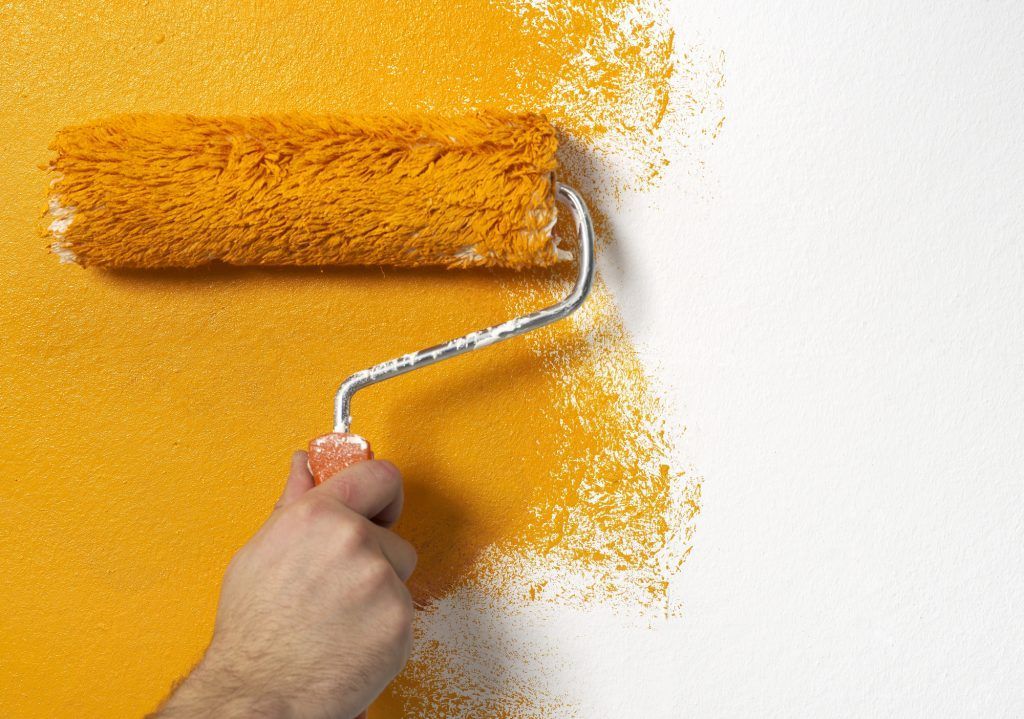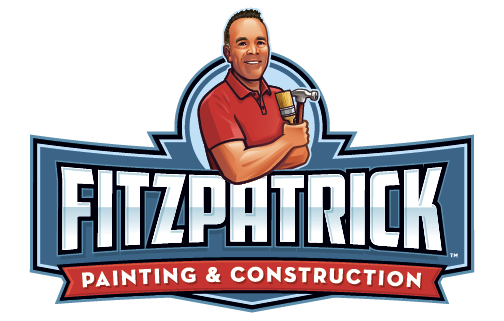How to Identify Wood Rot
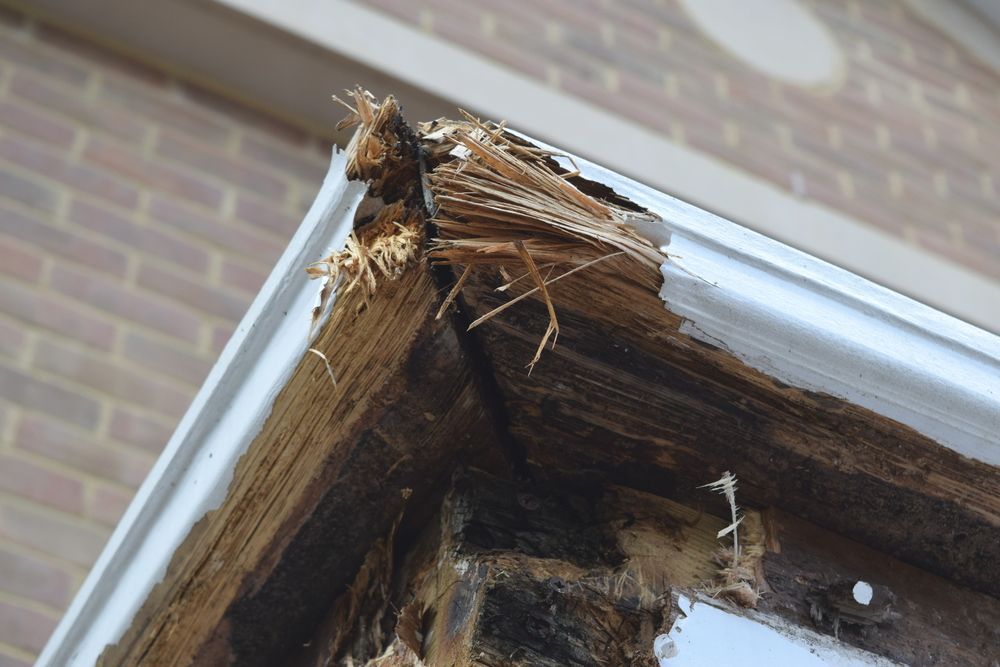
With so many homes and interiors made out of wood these days, rotting is a dangerous enemy. It can cause decay and devastate entire portions of the house right in front of you. What’s even more troubling is the fact that it often acts deceitful, doing its dirty work underneath the surface and invisible to any untrained eye.
Before we jump to explaining how to identify wood rot, here’s some background information that could help you:
What Causes Wood Decay
Fungi are the main culprit behind wood rot. These microscopic organisms start to breed if the wood moisture goes over 20 percent. If that’s the case, you might think you don’t need to worry about your furniture, only inspecting the exterior of your home. But not so fast…
While any external wood materials are commonly treated to resist all kinds of dramatic weather conditions, interior furniture or staircases are more vulnerable to humidity. So, they can be prone to decay as well.
Types of Wood Rot
Now that we’ve established the context, we want also to present a few possibilities. There are three distinct types of rot that you could spot:
- The brown rot , which leaves the wood lifeless and dry, making it look a darker shade. If the surface cracks, causing it to split and crumble, then you’ve got yourself a case of the brown plague.
- The white rot , which makes the wood discolor into a grey-yellowish tone. If the fibers become thinner and spongier, then you’re dealing with the white type.
- The soft rot , which is not a cause for concern with any indoor wood elements. These fungi affect wood shingles, though, and you may have to deal with it if you live in a wet climate.
Wood Rot or Mold?
A common confusion appears among residents who live in more humid environments since moisture can lead to both rot and mold. In fact, you could easily mistake one for the other. Mold is also a fungus that causes discolorations, but it doesn’t cause wood decay. You can also get fooled by the “sap stain fungi,” a type that looks like surface mold. This particular one appears when there is wood dampness, creating discoloration marks, but dies when the piece dries out.
Know What to Look For
Identifying problematic areas without an expert eye and necessary tools can leave you hanging with the question: is it or is it not rotten? Our hope is that with these tips, along with careful inspection, you will at least be able to get an idea of what you’re up against.
Since the phenomenon can happen hidden from our sight, there’s one more tactic you can try. A more thorough evaluation requires more than a sight test. If you cannot see anything, but you still suspect that there can be something wrong, try pushing one or two fingers against the wood. If you feel it’s soft and it moves, then the piece might be affected by rot. Furthermore, you can use a nail or safety pin to make a mark. If they can dig easily and leave a small hole in the wood, it means that is rotten.
As soon as you detect a weak piece, you need to take action to avoid spreading. Call us or request a quote
to get started!

